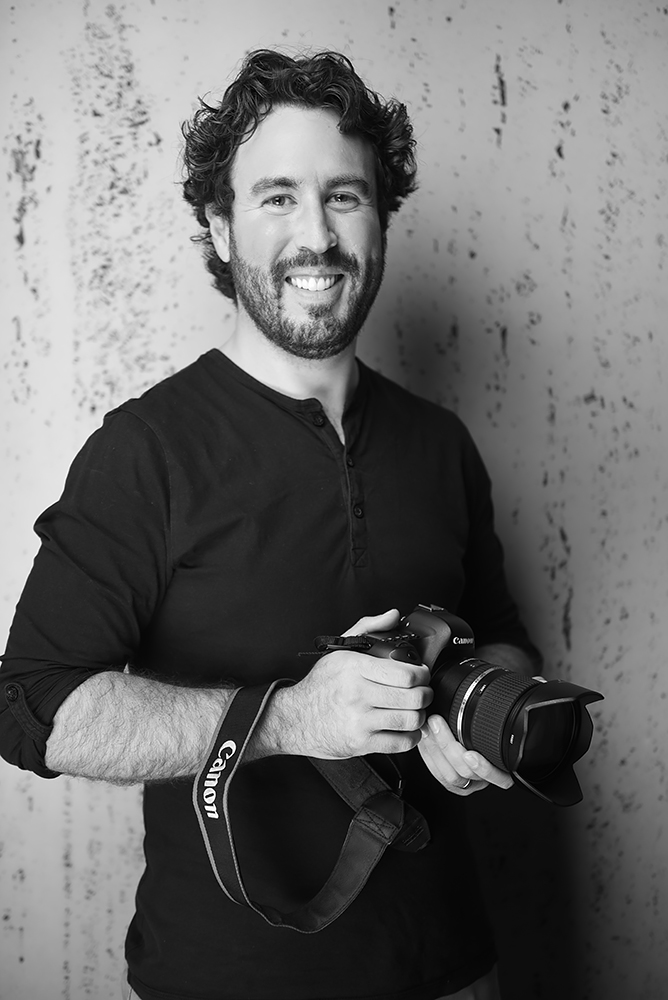Manuel Delgado specializes in travel and documentary photography. He is an ambassador for Skylum, Cokin, Metz, Deuter, Patagonia, Vanguard, a Coloratti Master, and collaborates with brands, such as BenQ or Manfrotto. He writes for Contrastly and is a Mentor for NGO Photographers Alliance, having led workshops in Africa with a focus on ethical and humanitarian photography. His work has been exhibited in Europe and the Americas.
Since he first picked up a camera, Manuel has traveled to more than 50 countries. Each journey and every stranger tells a new story and becomes a subject worth photographing. With each experience, Manuel endeavors to capture the essence of the place he leaves behind.
Driven by an innate curiosity for his surroundings, Manuel´s process is mainly focused on capturing people in their natural environment; translating through his lens the subtle threads of daily life that are shared across cultures, borders, and races. Depicting people from diverse backgrounds, his work is united by a shared aesthetic that serves to tell each individual's story.
Manuel is currently living in Düsseldorf, Germany.
